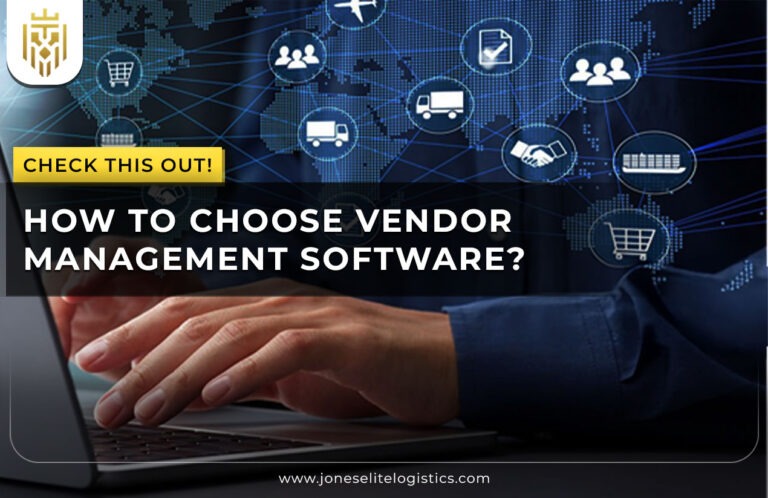What is Supply Chain Transparency:
Supply chain transparency means that the information concerning the sourcing of the supplies, right from the origin to the finished product, is made available a consumers. It entails revealing information on the sourcing, manufacturing, and distribution of goods and services. While this reduces the rigidity in the organization, it fosters good will among consumers and stakeholders due to the organization’s demonstrable commitment to ethical business practices and sustainable operations.

Why is Supply Chain Transparency Important?
Transparency within the supply chain operations is very relevant due to fighting against unfair acts, incorrect, non-sustainable actions, and noncompliance with set laws. It is useful for increasing the corporate credibility among consumers, who are thirsty for supply chain information about the origin of products and ways of their manufacturing. Open global supply chains have the benefits of better control of supply chain risks, costs, sustainable practices, a more sustainable reputation, and improved business relations.
How to Achieve Supply Chain Transparency:
The following steps to be followed while implementing transparency in the supply chain include: risk assessment, supply chain mapping, goal setting, mapping out the supply chain, performance metrics gathering, engaging suppliers, harmonizing processes, identifying direct suppliers and indirect suppliers, and determining transparency levels.
Evaluate risks and define goals:
Identify possible violations at the level of the entire supply chain, including ethical or environmentally-related ones, and establish goals related to transparency. It facilitates identification of areas that require more focus and funding in a bid to contain the said risks.
Outline the supply chain:
Trace the modern supply chain to get a clearer picture of the process which includes procurement of materials, processing, manufacturing, and distribution of the products to the consumer. This picture makes it easier to define several areas that require or are appropriate for transparency, as well as areas that lack it.
Gather performance data:
Gather all the supply chain information regarding the functionality of each link of the chain right from the acquisition of raw material to its distribution using tools like blockchain technology. Real data is credible when it comes to evaluating the current conditions with greater transparency and may spotlight vital developmental flaws like inefficiency in inventory levels that must be reflected.

Involve partners:
Educate suppliers, manufacturers, and other relevant stakeholders with relevant supply chain information to embrace the concept of transparency and commit to implementation. The three core areas of achieving supply chain transparency are the sharing of chain information, work among different members, and encouraging responsible sourcing.
Standardize processes:
To achieve the reliability, it means that standards need to be implemented in all aspects of supply chain activity. In effect, there is less confusion and enhanced operational efficiency of the supply chain since there is proper presentation of information.
Rate suppliers:
Perform an assessment and assignment of credibility coefficients to the suppliers according to the level of transparency and ethics demonstrated. This rating system ensures that only competent suppliers are contracted out and does create a culture of professionalism among the existing suppliers.
Decide on transparency:
An organization needs to find out the extent of the level of transparency, which is acceptable depending on the goals and objectives of the firm and its stakeholders. Determine which supply chain practices will be made public to establish consumer trust and regulatory compliance.
Supply Chain Transparency Vs Supply Chain Visibility:
Transparency and visibility are not the same thing, but are commonly associated with one other. Transparency is the disclosure of numerous aspects relating to the supply chain management, mainly dealing with ethical issues and sustainability. Supply chain visibility, therefore, points at the multi-step process of being able to follow in real time every link and node of the supply chain operations. While transparency is needed to ensure open and clear relations with clients and other stakeholders, supply chain visibility ensures proper functioning, quick responses, and better inventory levels management.
Benefits of Supply Chain Transparency:
Many advantages can be derived from achieveing supply chain transparency, including increased supply chain visibility, increased brand equity, legal compliance, and robust partnership. Their conclusion was that companies’ disclosure of credible information regarding sourcing and production can foster trust, manage risks, and facilitate the companies to operate ethically and sustainably.
Improved supply chain resilience and risk management:
Transparency is effective in the identification and management of risks ultimately improving supply chain security. This involves analyzing possible shortcomings and disruptions that may affect the global supply chain and creating measures to keep processes running efficiently. Incorporating supply chain traceability and chain visibility ensures that potential risks are detected early and mitigated effectively. This approach supports proactive planning, reducing the likelihood of supply chain disruption.

Enhanced brand loyalty:
Today’s consumers demand greater transparency in the products they purchase. By adopting ethical sourcing and sustainable practices, companies can establish firm customer-company relationships and build long-term brand loyalty. Organizations focusing on achieving supply chain transparency can enhance consumer trust, driving repeat purchases and strengthening their market position. Transparent communication about the entire supply chain fosters a deeper connection with ethically conscious customers.
Improved legal compliance:
Ethical supply chain management helps in avoiding legal troubles because laws and standards are met transparently. Accurate and ethical actions prevent penalties and enhance the company’s reputation while ensuring regulatory compliance. Leveraging blockchain technology for transparency ensures the detailed information required for audits is readily available. Compliance with the supply chains act solidifies the company’s commitment to legal and ethical standards.
Stronger partnerships:
When supply chain partners are open and provide clear information to the subsequent partners, trust among stakeholders with increased supply chain visibility is enhanced. This information flow strengthens relationships with external stakeholders and fosters ethical and sustainable practices across the value chain. Collaboration with direct suppliers and indirect suppliers ensures streamlined processes and improved operational efficiency. Transparent supply chain practices encourage stronger business alliances and mutual growth.
FAQs
1) What is Sustainable Supply Chain Transparency?
Transparent supply chain sustainability can be explained as the extent to which supply chain information is disclosed on policies on the environment and other ethical issues related to managing and delivering goods and services sustainably. Incorporating chain visibility and supply chain traceability helps organizations meet their sustainability goals effectively.
2) How to achieve Supply Chain Transparency?
Key steps involve supply chain mapping, gathering of supply chain data, exercising structural control, engaging the partner companies, and rating the suppliers by maintaining clear and ethical communication. Leveraging blockchain technology enhances supply chain operations by ensuring detailed information is accessible to all stakeholders.
3) What is the importance of Supply Chain Transparency?
Supply chain transparency generates consumer trust, supports ethical procedures, follows the requirements, and controls the risks, which strengthens the brand and helps create more responsible supply chain practices. Ensuring achieving supply chain transparency also aligns with legal and regulatory compliance standards.
4) What are the benefits of Supply Chain Transparency?
These also comprise reduction in risk, increased consumer loyalty, compliance with the law, and stronger partnerships to show ethics and sustainability. Enhanced chain visibility and proactive management of supply chain risks contribute to operational efficiency and long-term business success.









